Table of Contents
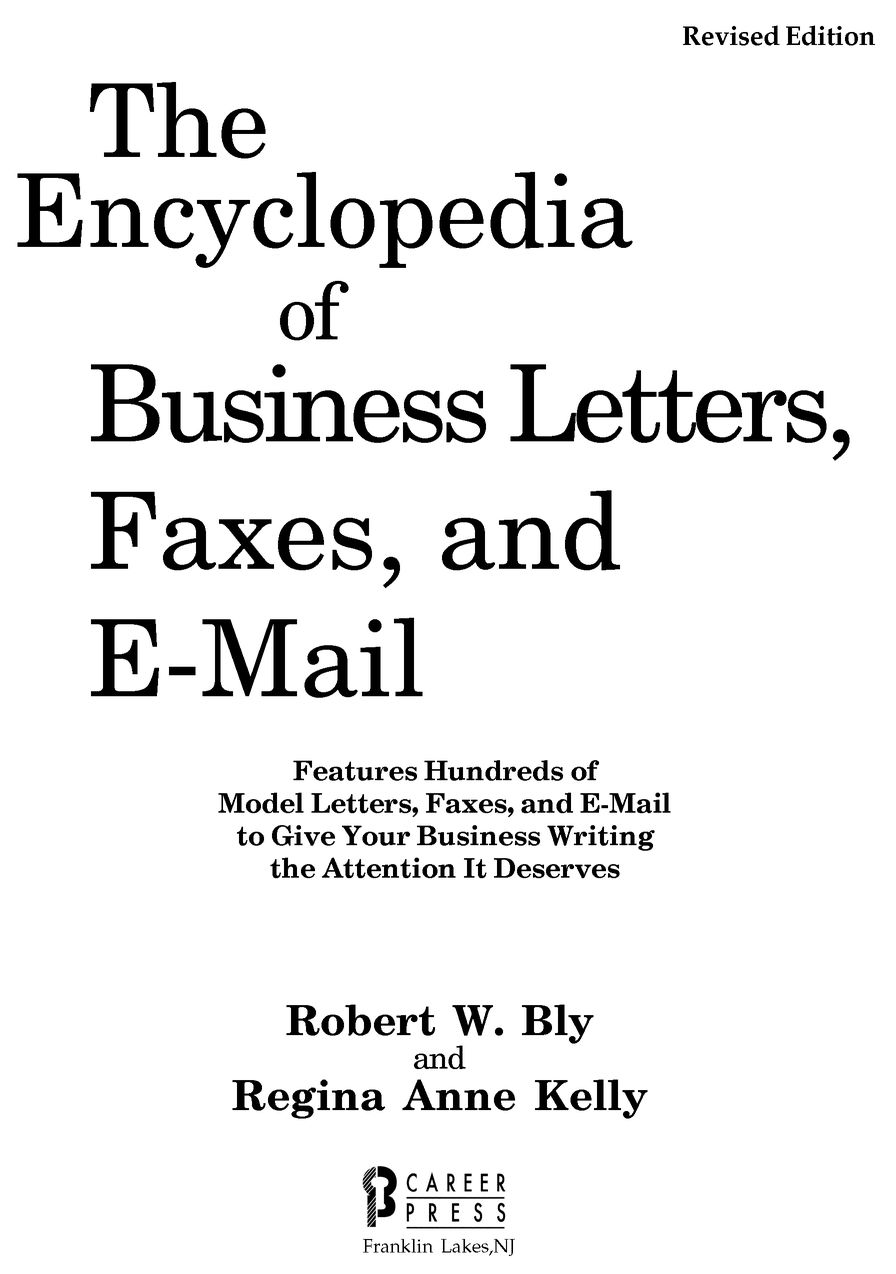
To the memory of Burton Pincus, one of the greatest letter-writers of all time; and to Bob Jurick, who has mailed more letters than anyone I know.
-Robert W. Bly
To my daughter, Maren. Too bad youre still too little to type.
-Regina Anne Kelly
Acknowledgments
Thanks to the many organizations and individuals who allowed us to reprint their letters in this book.
Thanks also to our editors at Career Press for making this book much better than it was when it first crossed their desks.
Introduction
Business Writing Basics in the Age of Electronic Communications
Mastering the skills of clear, concise writing can certainly give you an edge in todays business world, where communications are too often dominated by jargon, double-talk, and weak, watered-down prose. Most business communications today descend into what E.B. White, the essayist and coauthor of The Element of Style, called the language of mutilation.
Some examples: A commercial describes a new television series as the most unique show of the seasonan impossible claim, considering that unique means one of a kind. A Detroit automobile manufacturer bases a series of print ads on the theme new innovations. Is there such a thing as an old innovation? An advertiser describes a dental splint created to hold loose teeth in place as a product designed to stabilize mobile dentition. Dentition is what you brush every day. Whens the last time you heard of someone being punched in the mouth and getting mobile dentitionor the dentition fairy leaving money under your pillow? A brochure for a storage silo informs us that material is gravimetrically conveyed, not dumped. And, of course, every system, product, and service now sold to businesses is said to be cost-effective. How refreshing it would be to read about a product that was inexpensive, low-priced, or just plain cheap.
English-speaking people have not always embraced such obfuscation. Approximately 70 percent of the words in Lincolns Gettysburg Address contain less than six letters. Winston Churchill, faced with Hitlers armed forces, said to Americans, Give us the tools and we will do the job. He did not say: Aid our organization in the procurement of the necessary equipments and we will, in turn, implement the program to accomplish its planned objectives.
Many businesspeople of the 21st century struggle to write clear, lucid prose. They may know the basics (sentence structure, grammar, punctuation, exposition), but a few poor stylistic habits continually mar their writing, making it dull and difficult to read. Part of the problem may lie in their approach to writing they may view it as a time-consuming, unimportant, and unpleasant task. Or perhaps the underlying problem is a lack of confidence in their ability to communicate, uncertainty about how to get started, or insufficient training. Whatever the obstacle, they also face an additional challenge: the need to be well versed in the nuances of electronic communications, which have all but overhauled the way people communicate in business and industry.
The era of long, leisurely letters is gone; we have entered the age of frantic thumb-typing on laptops and handheld devices that can transmit e-mail messages whether we are in the train station, the airport, or the board room. Concise letters, fast faxes, and, especially, instant e-mail have replaced the chatty correspondence of yesteryear. In this environment, your reader doesnt have time to waste, and neither do you. You need to get your message across clearly, easily, and quickly so that you can cut down on writing time and focus on more important tasks.
Observing the rules of good business writing is the first step toward achieving this goal, whether youre typing an e-mail or composing a letter. The following tips identify common pitfalls in business writing and offer ways to overcome them.
12 general tips for better business writing
1. Get organized.
Poor organization is a leading problem in business writing. A computer programmer might never think of writing a complex program without first drawing a flowchart, but hed probably knock out a draft of a users manual without making notes or an outline. Writer Jerry Bacchetti points out, If the reader believes the content has some importance to him, he can plow through a report even if it is dull or has lengthy sentences and big words. But if its poorly organizedforget it. Theres no way to make sense of what is written.
Poor organization stems from poor planning. Before you write, plan. Create a rough outline that spells out the contents and organization of your document. The outline need not be formal. A simple list, doodles, or rough notes will do; use whatever form suits you. By the time you finish writing, some things in the final draft might be different from the outline. Thats okay. The outline is a tool to aid in organization, not a commandment cast in stone. If you want to change it as you go alongfine.
An outline helps you divide the writing project into many smaller, easy-to-handle pieces and parts. The organization of these parts depends on the type of document youre writing. In general, its best to stick with standard formats. For example, a speech begins with an introduction, presents three to four key points in the body, then closes with a summary of the main points made in the body. An operating manual includes a summary; an introduction; a description of the equipment; instructions for routine operation, troubleshooting, maintenance, and emergency operation; and an appendix containing a parts list, spare-parts list, drawings, figures, and manufacturers literature. Standard formats such as these allow for an easier time writing and for better understanding.
If the type of document you are writing doesnt strictly define the format, select the organizational scheme that best fits the material. Some common formats include:
 Order of location
Order of location. An article on the planets of the solar system might begin with Mercury (the planet nearest the sun) and end with Pluto (the planet farthest out).
 Order of increasing difficulty
Order of increasing difficulty. Computer manuals often start with the easiest material and, as the user masters basic principles, move on to more complex operations.
 Alphabetical order
Alphabetical order. This is a logical way to arrange a booklet on vitamins (A, B-3, B-12, C, D, E, and so on) or a directory of company employees.
 Chronological order
Chronological order. Here you present the facts in the order in which they happened. History books are written this way. So are many case histories, feature stories, corporate biographies, and trip reports.
 Problem/solution.
Problem/solution. Another format appropriate to case histories and many types of reports, the problem/solution organizational scheme begins with Heres what the problem was and ends with Heres how we solved it.
 Inverted pyramid.
Inverted pyramid. News reporting follows this format. The lead paragraph summarizes the story, and the paragraphs that follow it present the facts in order of decreasing importance. You can use this format in journal articles, letters, memos, and reports.




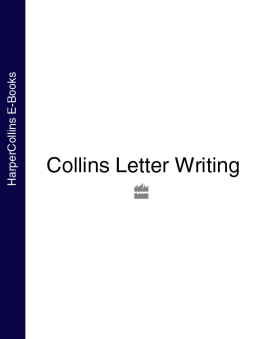
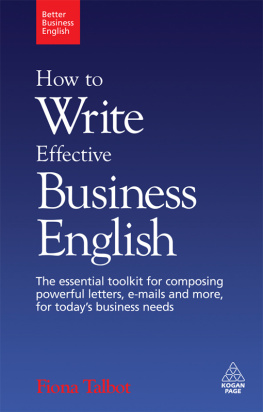
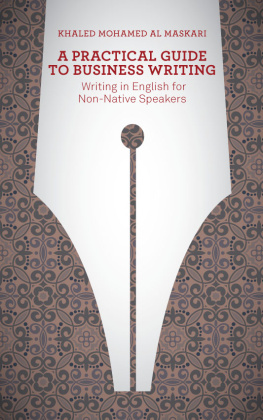

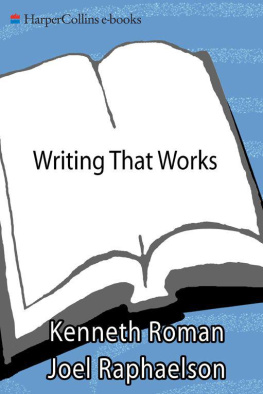

 Order of location. An article on the planets of the solar system might begin with Mercury (the planet nearest the sun) and end with Pluto (the planet farthest out).
Order of location. An article on the planets of the solar system might begin with Mercury (the planet nearest the sun) and end with Pluto (the planet farthest out). Order of increasing difficulty. Computer manuals often start with the easiest material and, as the user masters basic principles, move on to more complex operations.
Order of increasing difficulty. Computer manuals often start with the easiest material and, as the user masters basic principles, move on to more complex operations. Alphabetical order. This is a logical way to arrange a booklet on vitamins (A, B-3, B-12, C, D, E, and so on) or a directory of company employees.
Alphabetical order. This is a logical way to arrange a booklet on vitamins (A, B-3, B-12, C, D, E, and so on) or a directory of company employees. Chronological order. Here you present the facts in the order in which they happened. History books are written this way. So are many case histories, feature stories, corporate biographies, and trip reports.
Chronological order. Here you present the facts in the order in which they happened. History books are written this way. So are many case histories, feature stories, corporate biographies, and trip reports. Problem/solution. Another format appropriate to case histories and many types of reports, the problem/solution organizational scheme begins with Heres what the problem was and ends with Heres how we solved it.
Problem/solution. Another format appropriate to case histories and many types of reports, the problem/solution organizational scheme begins with Heres what the problem was and ends with Heres how we solved it. Inverted pyramid. News reporting follows this format. The lead paragraph summarizes the story, and the paragraphs that follow it present the facts in order of decreasing importance. You can use this format in journal articles, letters, memos, and reports.
Inverted pyramid. News reporting follows this format. The lead paragraph summarizes the story, and the paragraphs that follow it present the facts in order of decreasing importance. You can use this format in journal articles, letters, memos, and reports.